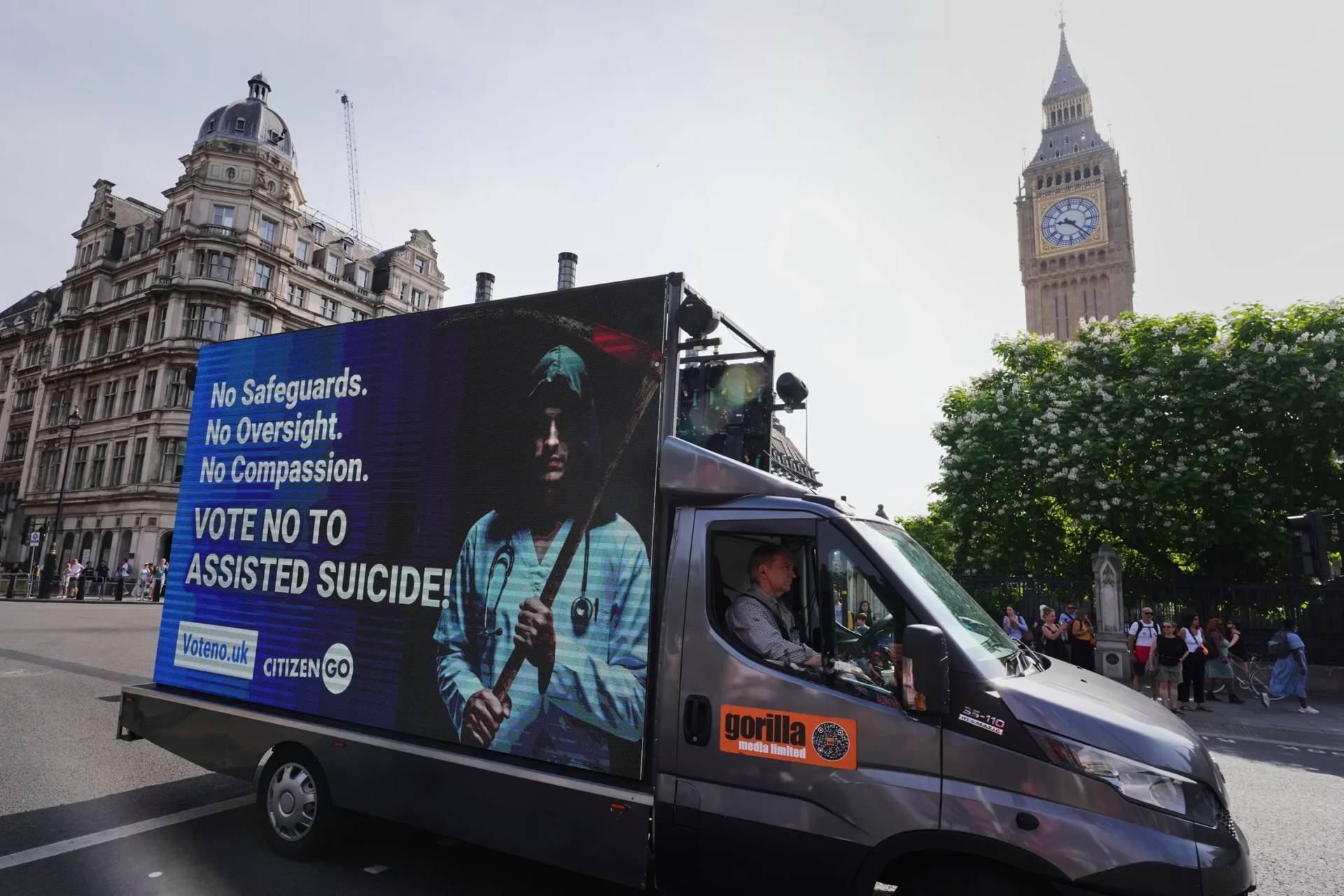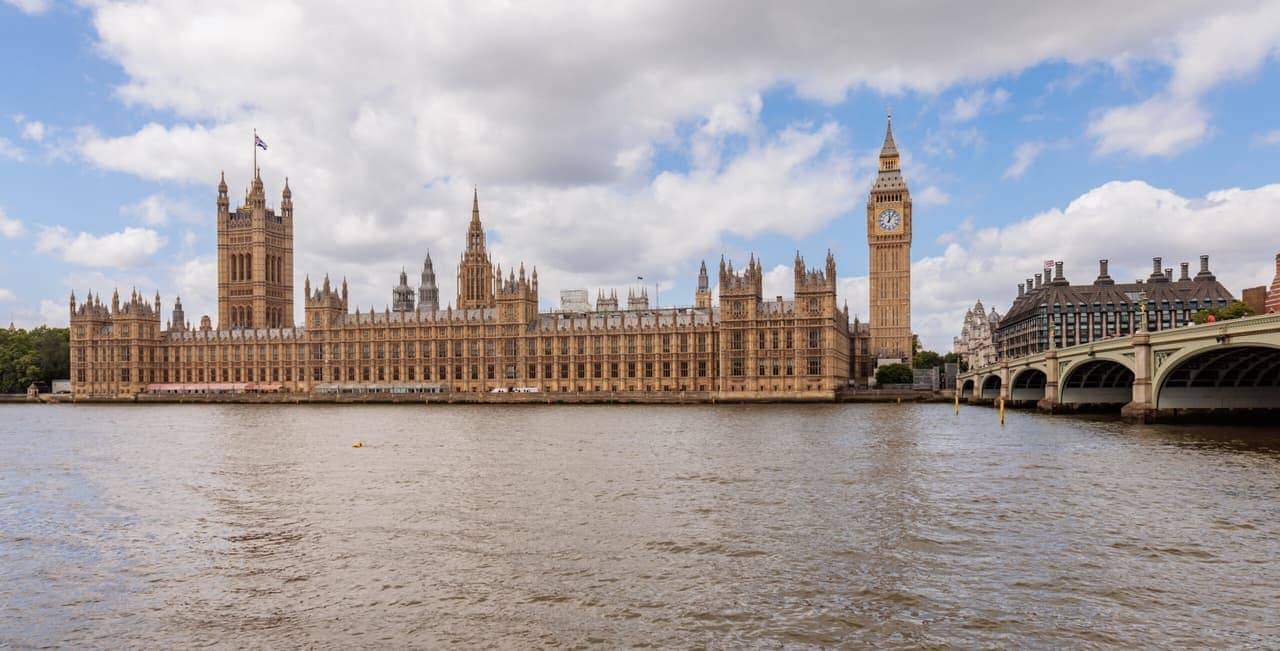LEICESTER, United Kingdom – A new monument to prayer may soon appear in the middle of England, after planning permission has been granted for the Eternal Wall of Answered Prayer outside Birmingham.
The 169-foot monument is planned for a major transit zone near England’s second largest city and will be able to be seen from six miles away. An estimated 500,000 commuters will see it each week.
Building work is planned to start in the Spring of 2021, with the Wall being completed in late 2022.
“Our desire is that Eternal Wall provokes a conversation about prayer and inspires people to reflect on whether prayer should become part of their life. Our hope is that as visitors discover and read these answered prayers, they will find hope for the storms of life they’re facing,” said Richard Gamble, the CEO of the project.
The Wall will be constructed with 1 million bricks, each representing an answered prayer. Visitors will be able to download an App that will be able to “unlock” each brick to give the story of an answered prayer. They will also be able to search for prayers involving specific situations or particular topics.
Gamble has long experience in ministry, especially sports chaplaincy, having served as chaplain for Leicester City Football Club for three years.
“I first got the idea for Eternal Wall of Answered Prayer at Easter time in 2004 when I carried a wooden cross around my home county of Leicestershire as a piece of performance art,” he told Crux.
“I wanted to do something visible to provoke people to think about Jesus, and it was during this time that God gave me the idea to build a permanent sculpture which would provoke people to think about Him all year round. That sculpture was to be a wall,” he continued.
After 10 years, Gamble said he “felt the release from God” to start the project in earnest and raised over $60,000 in a Kickstarter campaign. With that, he was able to launch a global competition to find a design for the monument with the Royal Institute of British Architects.
The design is based on a Möbius strip: in simple terms, a ribbon that has only one side.
“The idea of the whole project is to make hope visible, to make hope accessible, and that’s why we’re gathering so many answered prayers. We want to create a culture of remembrance. We want to tell the world that God has consistently answered prayers and continues to answer prayer,” Gamble said.
Such monuments are not unheard of in England: The Angel of the North, a 65-foot statue near Newcastle built in the mid-1990’s has become an icon for the region and draws over 150,000 visitors a year.
Gamble expects to draw twice that number to the Eternal Wall of Answered Prayer. The monument will include an exhibition about the Christian viewpoint on prayer.
In the UK religious education is part of the school curriculum – and faith-based schools are also publicly funded – and the administrators are making sure the exhibits will be accessible to schools seeking to fulfill their religious education requirements.
The project has received support from most Christian denominations, and the Wall has been favorably covered by Birmingham Churches Together, the main ecumenical body in the region.
Archbishop Bernard Longley of Birmingham told Crux he was pleased to support the project.
“To see the prospect of such a public symbol which draws people to the subject of prayer is most welcome,” Longley said. “Answered Prayer is particularly welcome as it addresses the very questions for so many people: What is prayer? Does prayer make a difference?”
Gamble told Crux that most people have been supportive, including leaders of non-Christian religions in a very multicultural part of Britain: Although the Wall is a distinctly Christian project, there is a plan to have an area allowing non-Christian faiths explains their views on prayers.
But even if there are some people opposed to the project, he takes it in stride.
“As in all things in life, some people absolutely love it, some people hate it and some people aren’t bothered!” Gamble said.
“We’ve got a growing number of volunteers getting involved in the project, and answered prayers are coming in from all over the UK and globally – so it’s already getting good interest, and creating a lot of conversation too,” he added.
What’s most important, the Wall has planning permission, and the support of the local government.
West Midlands Mayor Andy Street has called the Wall an “incredibly ambitious, stunning project and is a landmark for the Midlands.”
“It has been a long process, but this landmark will serve as a place of hope for many, and one that will help us remember the Christian heritage of our nation. A massive thank you should go to everyone involved who has turned this vision into reality,” he said in a statement.
Gamble notes the project could translate into an over $10 million annual boost to the local economy, and based on the example of the Angel of the North, it might result in in nearly $650 million in long-term economic benefit in its first ten years. In addition, any excess income will fund social housing for the region.
The project still needs funding – and for that matter, more stories of answered prayers (people can submit their personal experiences here) – but Gamble hopes it will be realized soon – because the entire idea of the Eternal Wall of Answered Prayer is based on hope.
“Hope is vital for good mental health. Hope invites people into possibility and helps them believe that situations can change. Hope, however, is sometimes hard to find,” he said.
“That’s why we’re gathering a million personal accounts of how God has answered prayer – creating the biggest database of hope stories in the world – which we believe, will invite people to see that what God has done for others, he can do for them, too.”
Follow Charles Collins on Twitter: @CharlesinRome


















